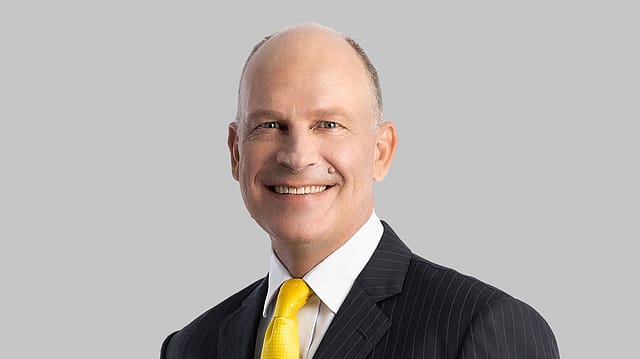Air India CEO Campbell Wilson warns of prolonged aircraft shortage
ADVERTISEMENT

Tata Group-owned Air India's managing director and CEO Campbell Wilson on Tuesday warned that the global aircraft shortage will continue for the next four to five years.
The supply of narrowbody jet engines, business and first-class seats, and some elements of aircraft fuselages, will see some pinch points, Wilson said at an event organised by travel news website Skift, as reported by Reuters.
"There is not a lot we can do. We are victims of circumstance, as is every other airline... If you are capacity constrained, you need to be a little bit more ruthless with respect to where you deploy aircraft to maximise the return," said Wilson. "It means you can't expand to places you would otherwise like to expand," he added.
The statement comes a day after Air India welcomed its first retrofitted narrowbody aircraft, VT-EXN (A320neo aircraft), back into operations - marking an important milestone in the airline’s transformation journey.
VT-EXN is the first of the 27 narrowbody aircraft inherited at the time of takeover that was elected for a complete retrofit to the new Air India standard, with new seats, carpets, curtain, cabin ambience, a three-class cabin configuration, along with a fresh coat of paint, new livery – all in the new Air India branding.
December 2025
The annual Fortune 500 India list, the definitive compendium of corporate performance, is out. This year, the cumulative revenue of the Fortune 500 India companies has breached $2 trillion for the first time. Plus, find out which are the Best B-schools in India.
Its retrofit is part of the $400 million retrofit programme announced by the Tata group to upgrade the airline’s entire fleet of legacy narrowbody and widebody fleet.
VT-EXN and the remaining 26 A320neos will be operating on the domestic and short-haul international, alongside the 14 new A320neos that have been welcomed into the fleet recently.
As part of the retrofit for all of the 27 A320neo that is scheduled to be completed by the third quarter of 2025, the airline will be installing over 3,500 brand-new Economy Class seats, more than 600 Premium Economy seats, and 200 Business Class seats.
All the refitted A320neo aircraft features eight luxurious business seats, 24 extra legroom seats in premium economy, and 132 economy seats. The retrofit includes soothing interior ambience, spacious legroom, and wider seat pitch, along with modern features such as portable electronic device (PED) holders and USB ports. New carpets, curtains, upholstery, and cabin panels with fresh design motifs will reinforce the brand livery.
The retrofit schedule will also see more legacy aircraft, including 40 widebody B787 and B777 aircraft undergo makeover with the first B787 flying out for retrofit next month.
Air India is undergoing a turnaround after Tata Group acquired the state-owned airline three years ago. While the carrier has covered a lot of ground since privatisation, Wilson earlier this year acknowledged that much more needs to be done.
Air India’s planned transformation covers every aspect of its business, and involves upgradation of systems, processes, infrastructure, equipment, and people.
The merger of the four Tata airlines into one full-service airline, Air India, and one low-cost carrier, Air India Express, was completed in late 2024, and the erstwhile Vistara aircraft are now deployed on metro-to-metro domestic routes and to key international destinations. These mergers and new aircraft deliveries have taken our Group fleet to over 300 aircraft.
Air India recently rolled out Wi-Fi internet connectivity services on board domestic and international flights operated by Airbus A350, Boeing 787-9 and select Airbus A321neo aircraft. This makes Air India the first to offer in-flight Wi-Fi internet connectivity on flights within India.
